Discovering the Mill River:
From Field to the Classroom
Our Outdoor Classroom
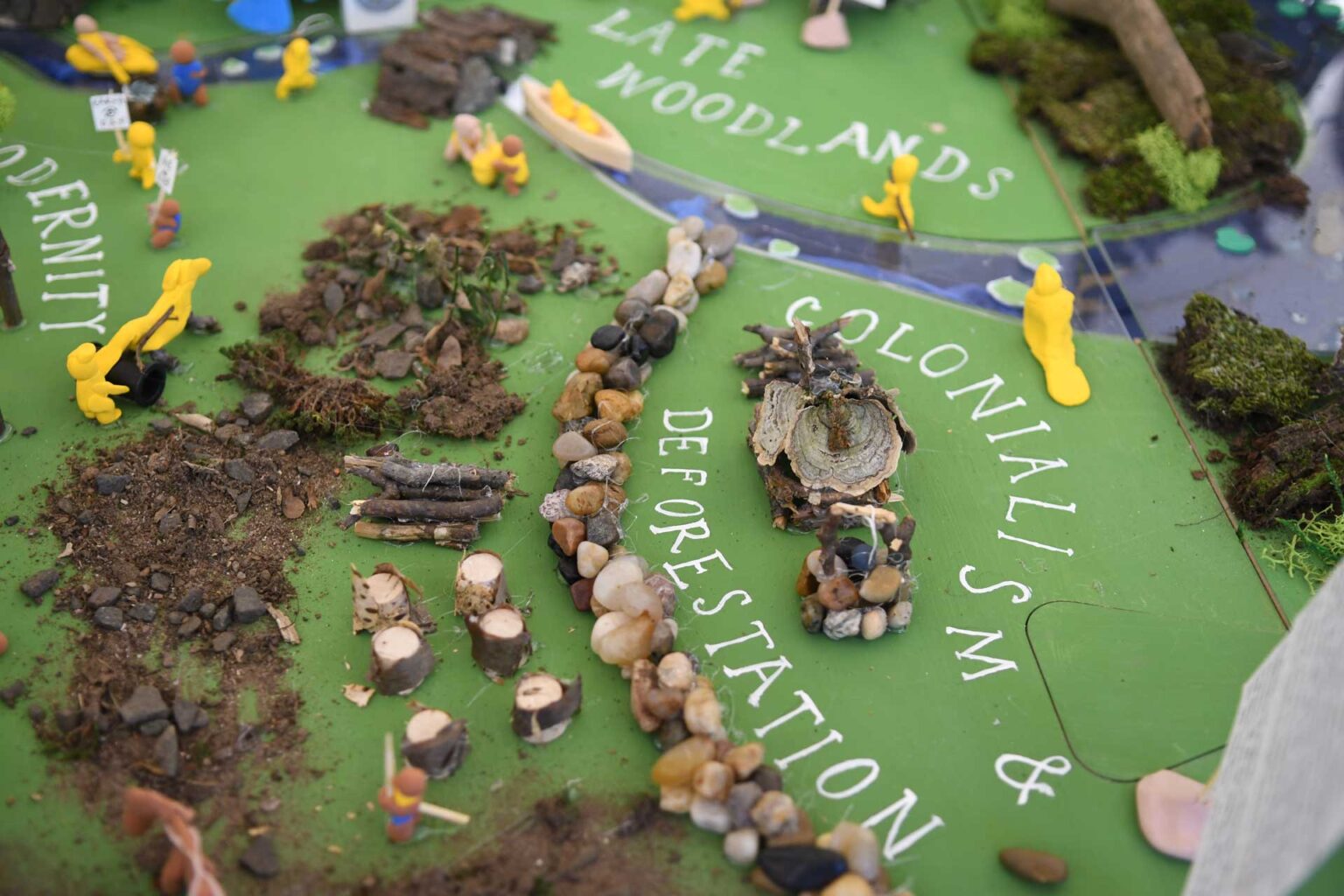
“We approached our project the same way we would with students—collaborating, taking risks, allowing for failure, and adapting to new roles. We sought expert help when needed and embraced change when things didn’t go as planned. Our field trip and New Haven tour gave us the foundation to play with information, deepen our understanding, and showcase our knowledge through the project.”
– Seedlings Participant 4/5/6
Designing a 12-Foot Model of the Mill River
Process
The goals of this project were: to have adult learners experience this activity using age-appropriate materials as students would, to build on their knowledge of place throughout the week and be able to demonstrate learning through a variety of modalities, to gain a deeper understanding of the importance of place and play and its role within classrooms, to experience the integrative process, and learn how this playful experience engages children at different developmental stages.
Materials
The materials for the 2024 project were thoughtfully chosen to keep costs to a minimum. Using recycled materials and collecting natural materials from forests and river banks during our visit to the Mill River allows all educators access to a similar project. This actual 12-foot-long map was designed by the Eli Whitney Museum in conjunction with Seedlings, but a similar map could be constructed using cardboard or recycled wood.
Child Development
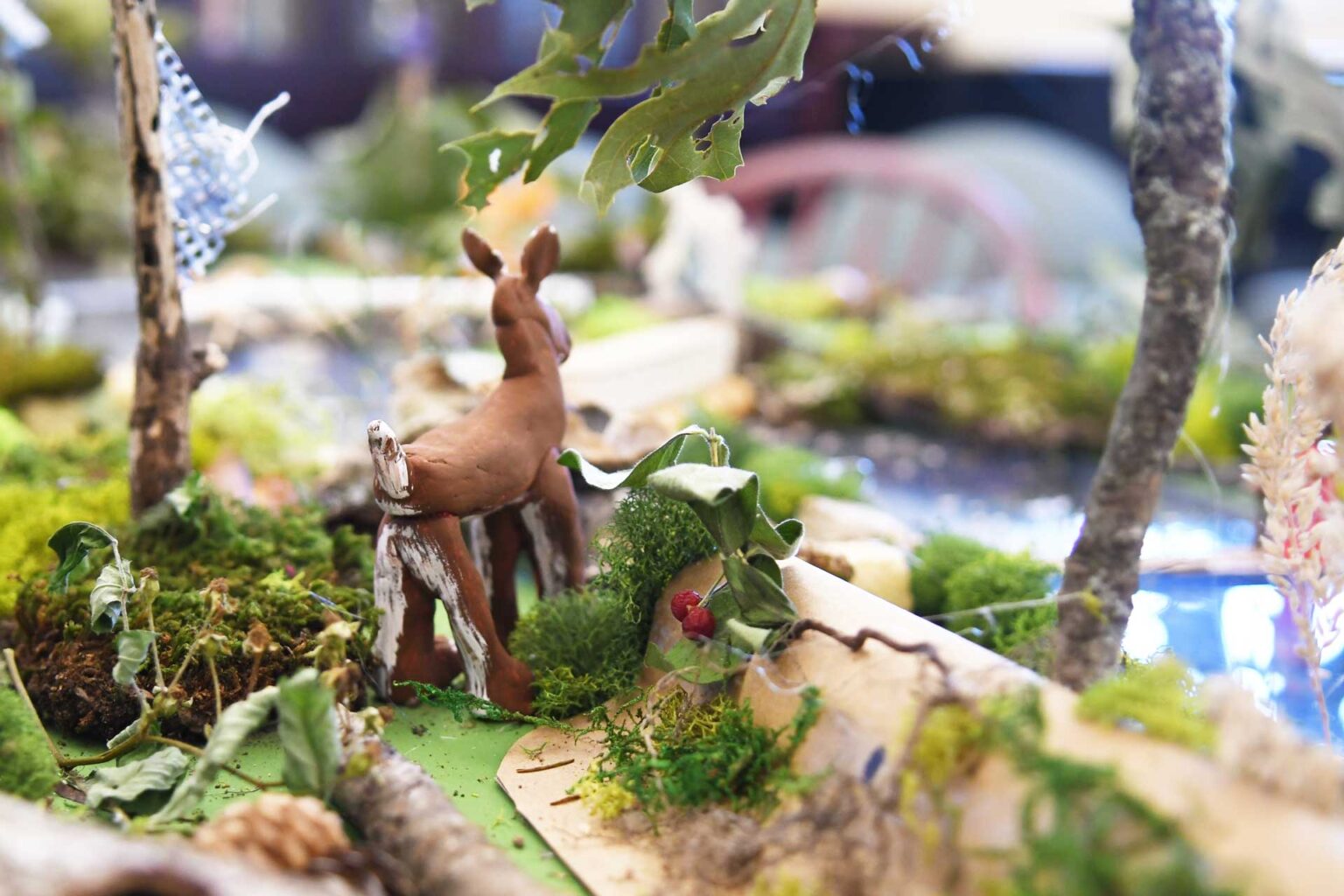
Pre-K
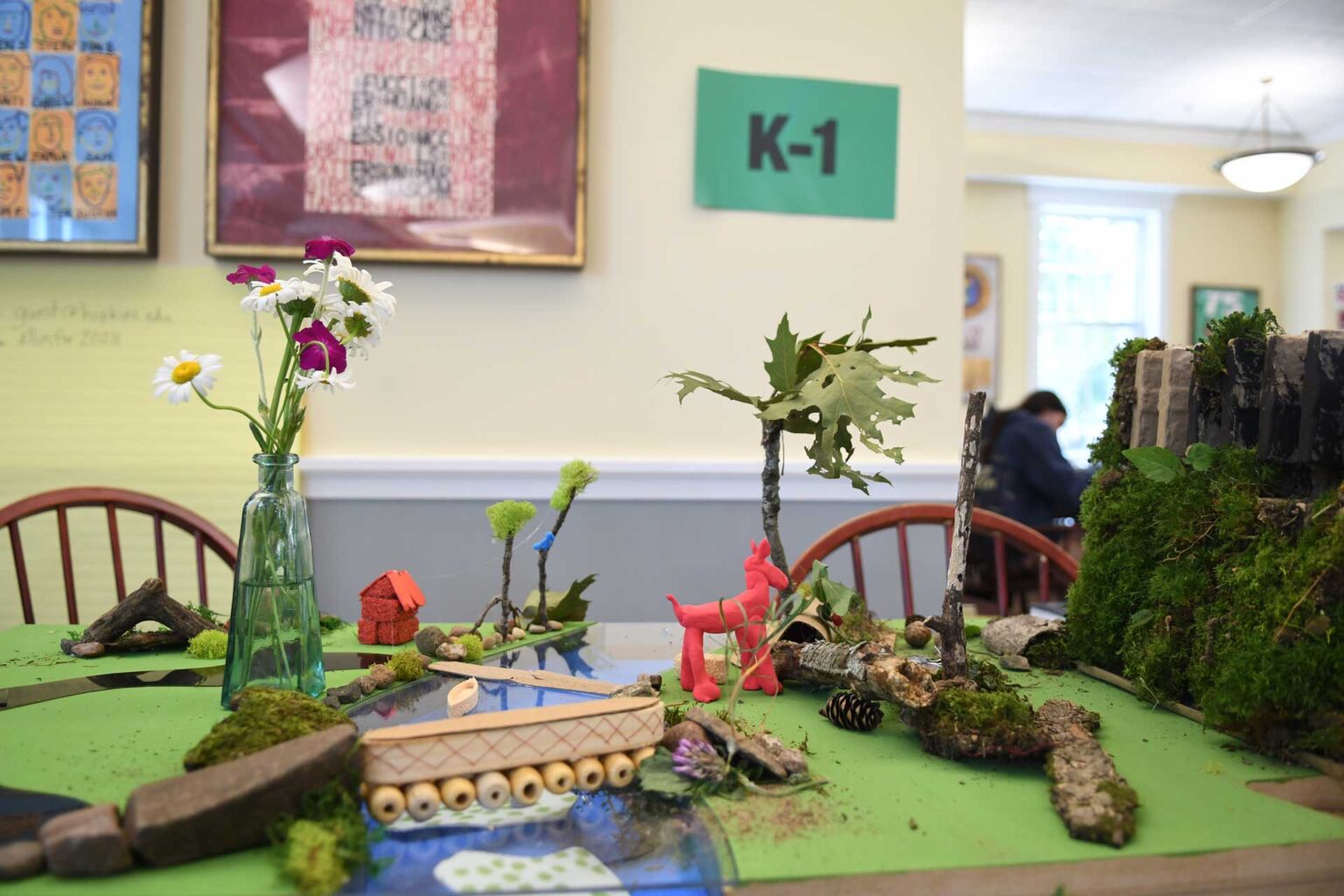
K/1
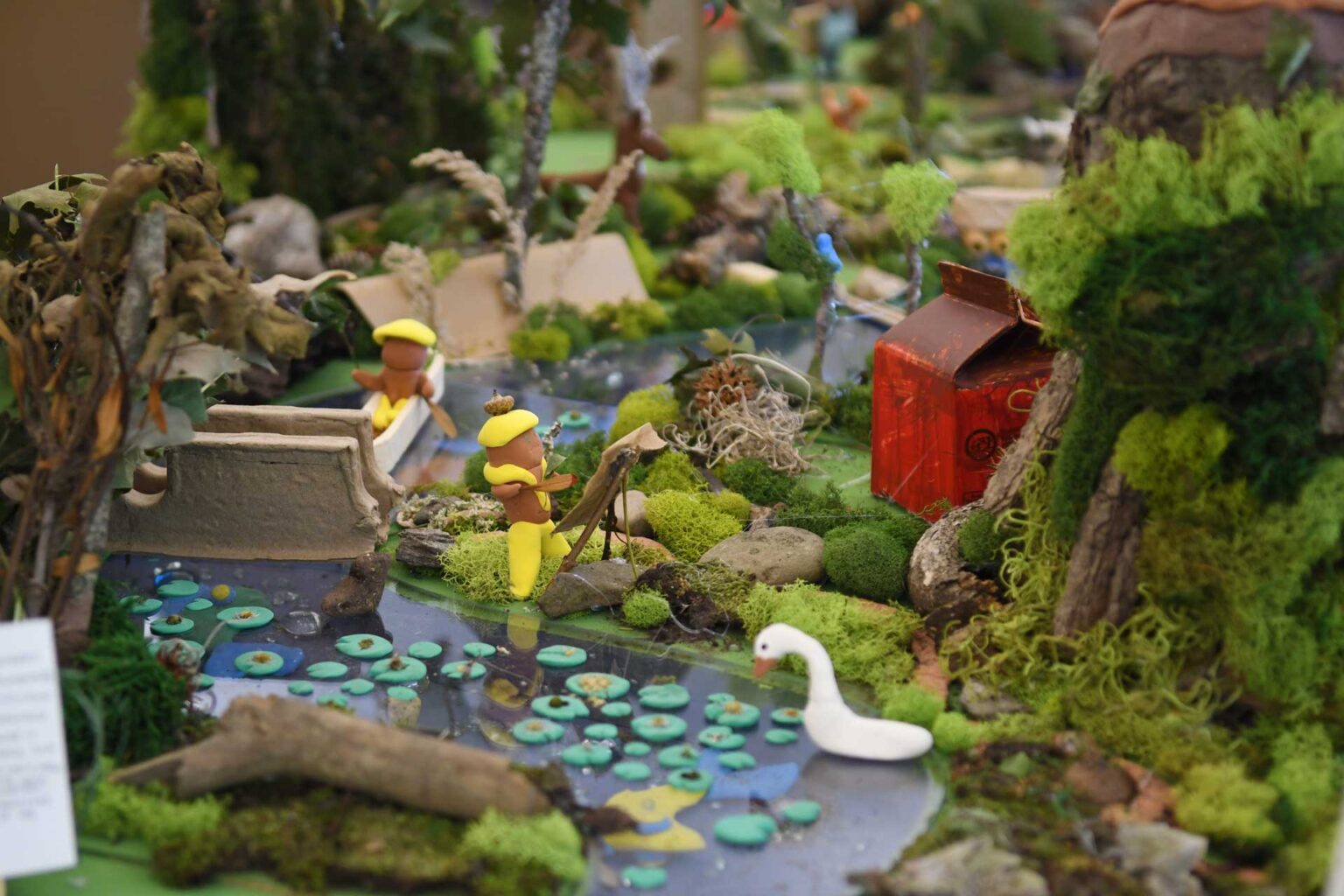
2/3
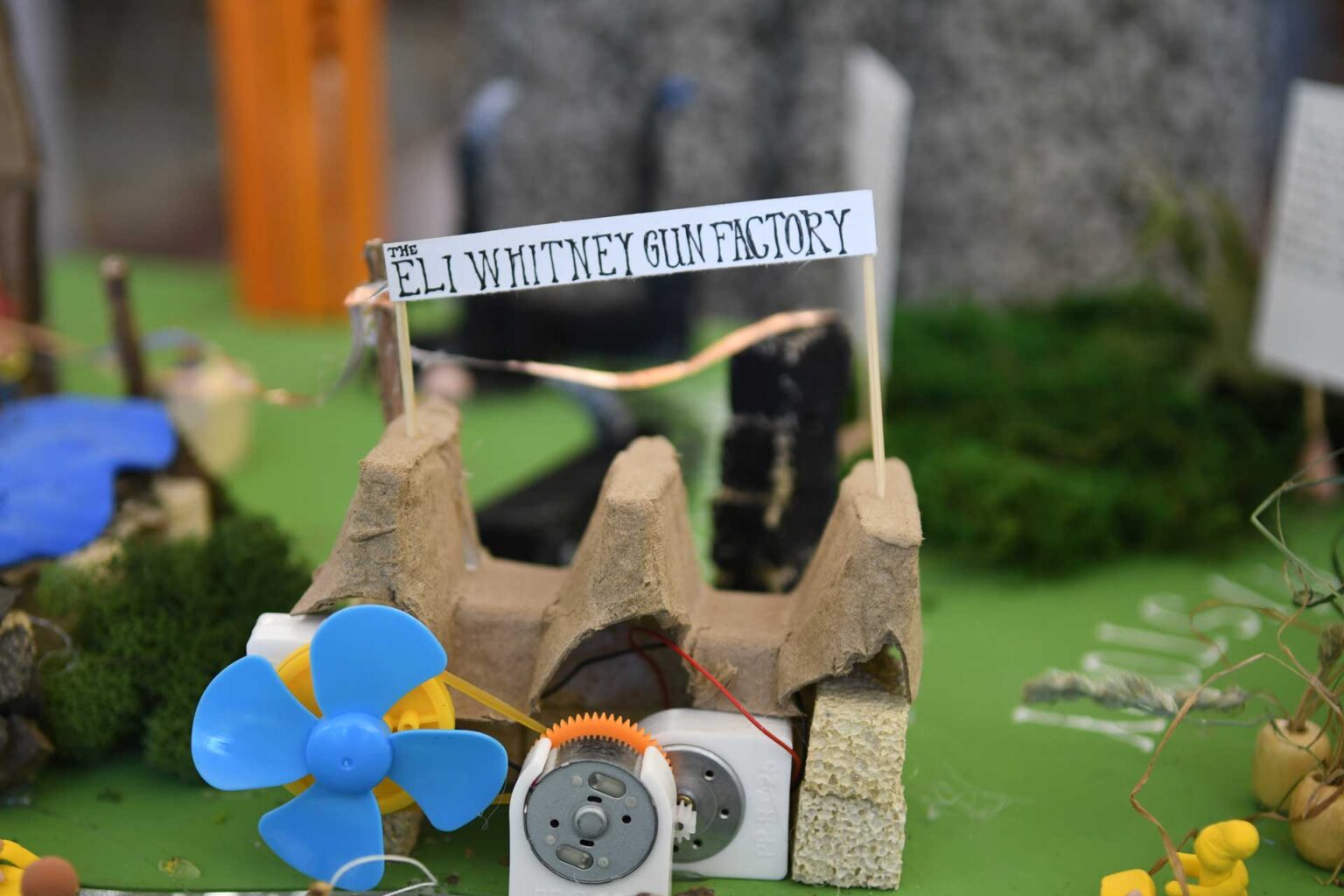
4/5/6
Mill River Map Padlet
Alignment to Common Core Standards and Project Resources
- Scroll horizontally to view different grade level groups (Pre-K, K-1, 2-3, 4-5-6)
- Scroll vertically to view the standards for each grade level group.
- Click “Additional Media” button to view project photos, videos, and resources.
- Share your ideas in the comment space under the photo post: How would you use this type of place-based project in your classroom and/or school?

